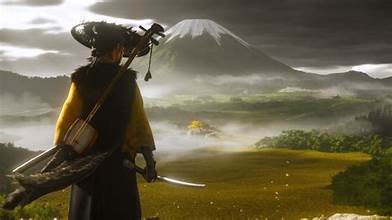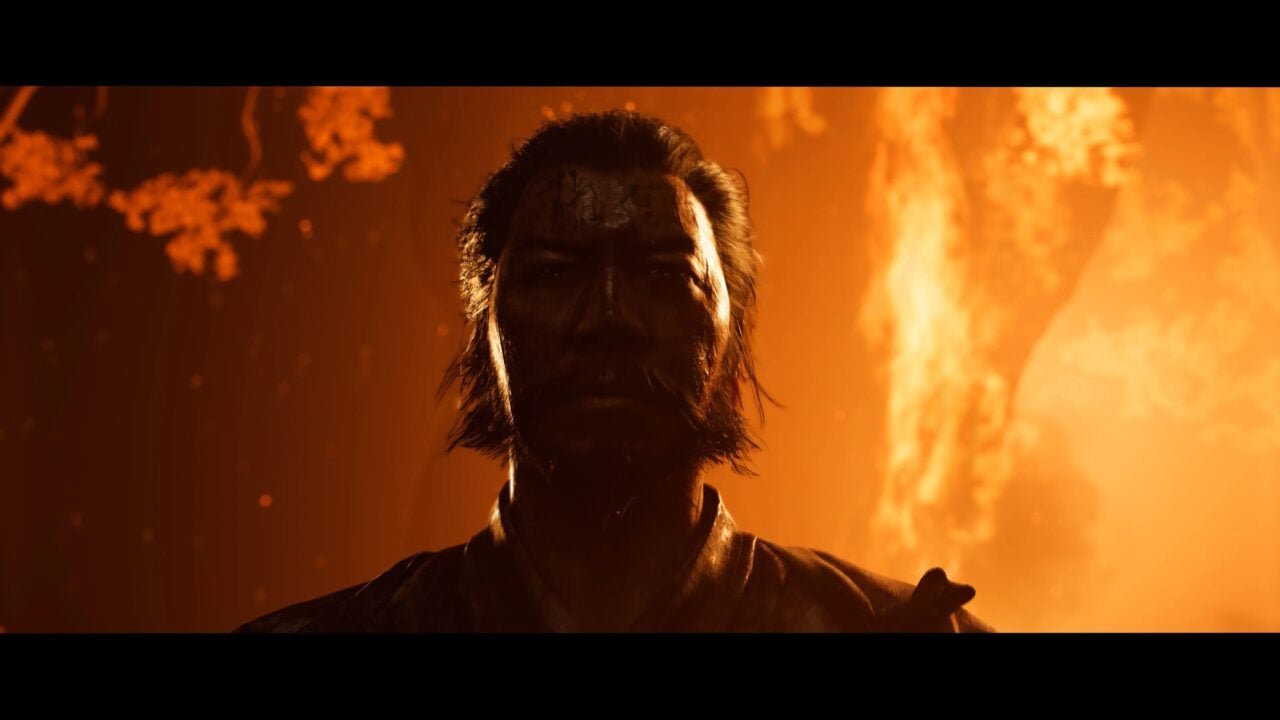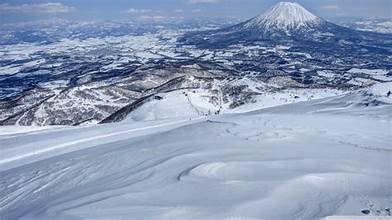Table of Contents
Mount Yotei is located in Hokkaido, the northern island. It’s a beautiful, almost-perfect cone. Mount Yotei, located on Hokkaido’s northern island, is a magnificent, nearly-perfect cone. The story isn’t about evil spirits or frightening hauntings. Instead, it is a tale of loss and longing, and a spectral entity is forever linked to the shadow of the mountain. This blog is related to financeinfotech.com. This speaks of the deeper relationship between land and the souls who have lived there. The story adds another layer to an already magical area.

Origin of the Wandering Spirit
The story is based on the Meiji period, which saw Japan open up to the rest of the world. As the nation became more globalized, pioneers and settlers from the main islands were encouraged to settle in Hokkaido. They faced harsh winters, untamed nature and the loneliness of a new life far from home. Yuki, a young woman who lived at the foot of Mount Yotei, was known for her kindness and love of the mountain. She did not see it as a barrier, but rather as a protector who guarded their new home. Their first years were full of hardship and hope.
They cleared the land, built a modest home, and welcomed their child. But the harshness of the North dealt them a harsh blow.Yuki lost her husband, and then her sick child, to Mount Fuji. She was utterly devastated. She would call out Kenji’s name in the forest, but it was lost among the whispering trees. Other people say she died from the pain and harsh weather of her loss, but the body was never discovered. Others believe she simply disappeared into the mountain. Her soul was unable to find peace. It is believed that her spirit wanders the mountains, searching for her husband.
Mount Yotei is often called “Ezo Fuji”
Mount Yotei is often called “Ezo Fuji”, due to its striking similarity to Mount Fuji. It is located in Hokkaido. Mount Yotei, which reaches 1,898 metres in height, dominates Shikotsu-Toya National Park. It is surrounded scenic towns such as Niseko and Kutchan. Mount Yotei, known for its cone-shaped symmetry and geological history, has erupted twice at least, the last time around 1050 BC. The mountain offers outdoor activities all year round, from skiing and snowboarding during winter to hiking in the vibrant alpine vegetation in summer and fall. It’s a favorite destination for thrill-seekers and nature lovers alike, with its panoramic summit views and multiple trails that cater to all levels of skill.
The Ghost of Sorrow and Not Fear
The Ghost of Mount Yotei is a melancholic spirit that has been described by locals and tourists as a personage that moves from one place to another. Instead of being a spirit that seeks revenge, she is a manifestation filled with love and sadness. Eyewitnesses have told stories of a fleeting, ethereal figure. People who have claimed to have seen her describe a short glimpse of a woman in a traditional white kimono, moving silently across a snowy landscape at dusk. She is most often sighted during winter when the landscape is covered with snow.
The fact that the sightings are brief and non-threatening is a reflection of the tragic circumstances surrounding her death. She disappears as quickly as she appeared. Strange phenomena have been reported by skiers and hikers. Some of the strange phenomena reported by hikers and skiers include tracks in the snow or the sound like soft weeping. Some people have described a feeling of sadness when they are in the forest.
Cultural significance and historical importance
This legend of the Ghost of Mount Yotei is more than just a frightening tale that is told around a campfire. In fact, it is a cultural treasure which reflects the memories and experiences shared by those who settled Hokkaido. A memorial to pioneers: This is an allegory about the hardships the pioneers (or kaitakushi, or pioneer settlers), of Hokkaido faced. Yuki’s tragic story captures their struggle against the elements, the isolation, and the high mortality rate. Yuki’s ghost is a tribute to the unnamed individuals who died while trying to tame the wild frontier. Kenji
Shintoism and nature: This story is deeply connected to Japanese beliefs about nature and spirits. The mountain Mount Yotei, for example, is revered by many people as a sacred place. Yuki’s Ghost has become a part of this spiritual ecosystem and represents a presence by humans in a landscape dominated by gods. The Duality of the Mountain: This story shows the dual nature of Mount Yotei, which is both a source of life and beauty and an agent of destructive power.

The Enduring Appeal of Local Culture
The ghost of Mount Yotei continues to fascinate people for decades. This story is told by parents to their children, and then retold for tourists. Local literature and art also refer to it. Tour guides can mention the legend as they lead groups through the forest to create a sense mystery. It helps visitors to appreciate the landscape and not just see it as a playground.
It is the universal themes of love, loss and devotion that make this story so compelling. The story connects the residents of Mount Yotei and the visitors with pioneers from a century ago. This legend ensures their struggle will not be lost, and reminds us that no landscape can ever be perfect or peaceful. Each landscape is layered with history. Mount Yotei can be seen through a new lens. Mount Yotei can be viewed through a different lens today.

FAQs
Does it really exist that the Ghost Mount Yotei?
This legend is not an official record. It is a myth.
Have there been any recent reports about ghost sightings in the area?
It is still a mystery as to whether these are supernatural occurrences or tricks of light and mind. These are not supernatural events, but rather tricks of the mind and light.
Ghosts are dangerous?
It is not depicted as a malevolent or dangerous spirit. In all accounts, she is described as being a passive and sorrowful presence. These encounters should evoke feelings of compassion and sadness, not fear. This is a lost soul, but not someone who intends to harm anyone.
Where is the most likely place to see the ghost on Mount Yotei?
According to legend, she prefers the foothills or forests near the base of the mountain than the summit. Sightings are more common in the fields and wooded areas around the mountain. It is particularly true of trails that were once the route between early settlements. There isn’t a single spot.
How has local tourism affected the legend?
The legend of the ghost gives Mount Yotei a mystic and cultural appeal. It is more interesting to read about the ghost than the skiing, snowboarding, and hiking. A walk in the woods becomes an adventure through a landscape full of folklore and historical significance. Although subtle, the local charm makes Mount Yotei much more than just a tourist attraction.
Conclusion
The ghost that wanders under Mount Yotei illustrates how folklore shapes our perception of a place. Although the majestic mountain itself is stunning, its story about a lonely, wandering spirit transforms it into a living, human-centered stage. This landscape is transformed from being a geographical feature, to an everlasting drama. This legend pays a moving tribute to the resilience and sacrifices of the early settlers on Hokkaido.
